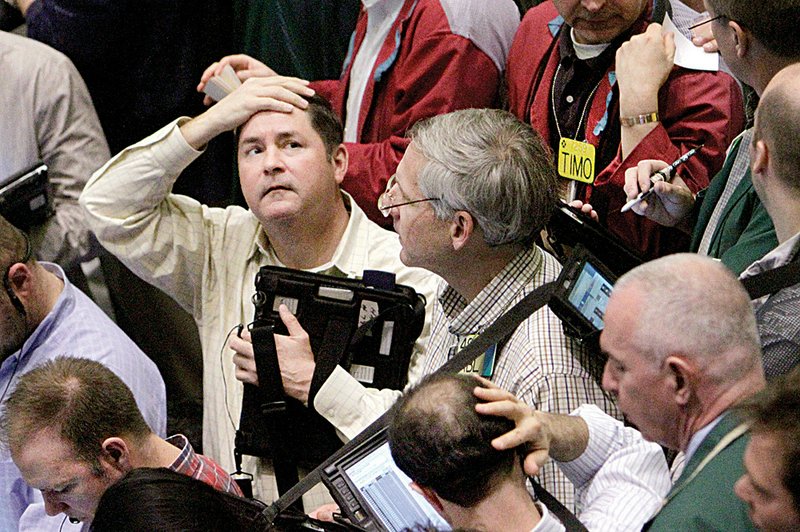NEW YORK — Oil prices rose again Tuesday as Libyan leader Moammar Gadhafi urged his supporters to attack the protesters challenging his 42-year rule.
Only a small part of Libya’s oil production appeared to be affected, though analysts fear that similar revolts will spread to OPEC heavyweights like Iran.
Benchmark West Texas Intermediate crude for April delivery jumped $5.71, or 6.4 percent, to settle at $95.42 per barrel on the New York Mercantile Exchange. Oil hasn’t been that high since it settled at $97.92 on Oct. 1, 2008.
Brent crude, which is delivered around the world and is seen as a better reflection of global demand than WTI, added 4 cents to settle at $105.78 per barrel on the ICE Futures exchange. Brent is considered to be more susceptible to disruptions in Middle East oil supplies, while large U.S. stockpiles of crude have helped keep WTI prices lower.
Retail gasoline prices in the U.S. held steady overnight at a national average of $3.171 per gallon.
Libya holds the most oil reserves in Africa and is the world’s 15th-largest crude exporter at 1.2 million barrels per day, according to the Energy Information Administration. As the Libyan government cracked down on protesters, Western oil companies including Eni and Repsol-YPF temporarily suspended oil production in the country. BP has started evacuating workers.
Any production losses in Libya could be quickly absorbed by other countries like Saudi Arabia. The official Saudi Press Agency quoted Saudi Arabia’s oil minister Ali Naimi as saying that Saudi’s production capacity of 12.5 mil-lion barrels per day can help “compensate for any shortage in international supplies.” Saudi Arabia currently produces around 8 million barrels per day.
The International Energy Agency said in a statement on its website that it is ready “to make oil available to the market in the event of a major supply disruption.” The Wall Street Journal reported that the IEA plans to meet this week to discuss the possible release of strategic stockpiles, if necessary.
The main concern for markets is that protests in the Middle East and North Africa will spread to or intensify in other members of the Organization of Petroleum Exporting Countries, particularly Iran, the group’s second-largest producer.
Energy consultant Jim Ritterbusch said a “fear premium”has added about $10 per barrel to the price of oil. That means prices could tumble once the region settles down. “But that doesn’t look like it’s going to happen anytime soon,” he said.
Looking ahead, there are also knock-on effects from high oil prices. A jump in energy costs could hurt consumer spending and stymie a fragile recovery in developed countries.
The crisis in the Middle East and North Africa - which has brought down governments in Tunisia and Egypt and sparked protests in Yemen, Bahrain, Iran, Morocco and Jordan - will put added pressure on weaker economies, especially those in Europe, according to Capital Economics.
In other Nymex trading in March contracts, heating oil rose 7.75 cents to settle at $2.8035 a gallon and gasoline gained 5.63 cents to settle at $2.7464 a gallon. Natural gas futures lost about a penny to settle at $3.867 per 1,000 cubic feet.
Business, Pages 25 on 02/23/2011

